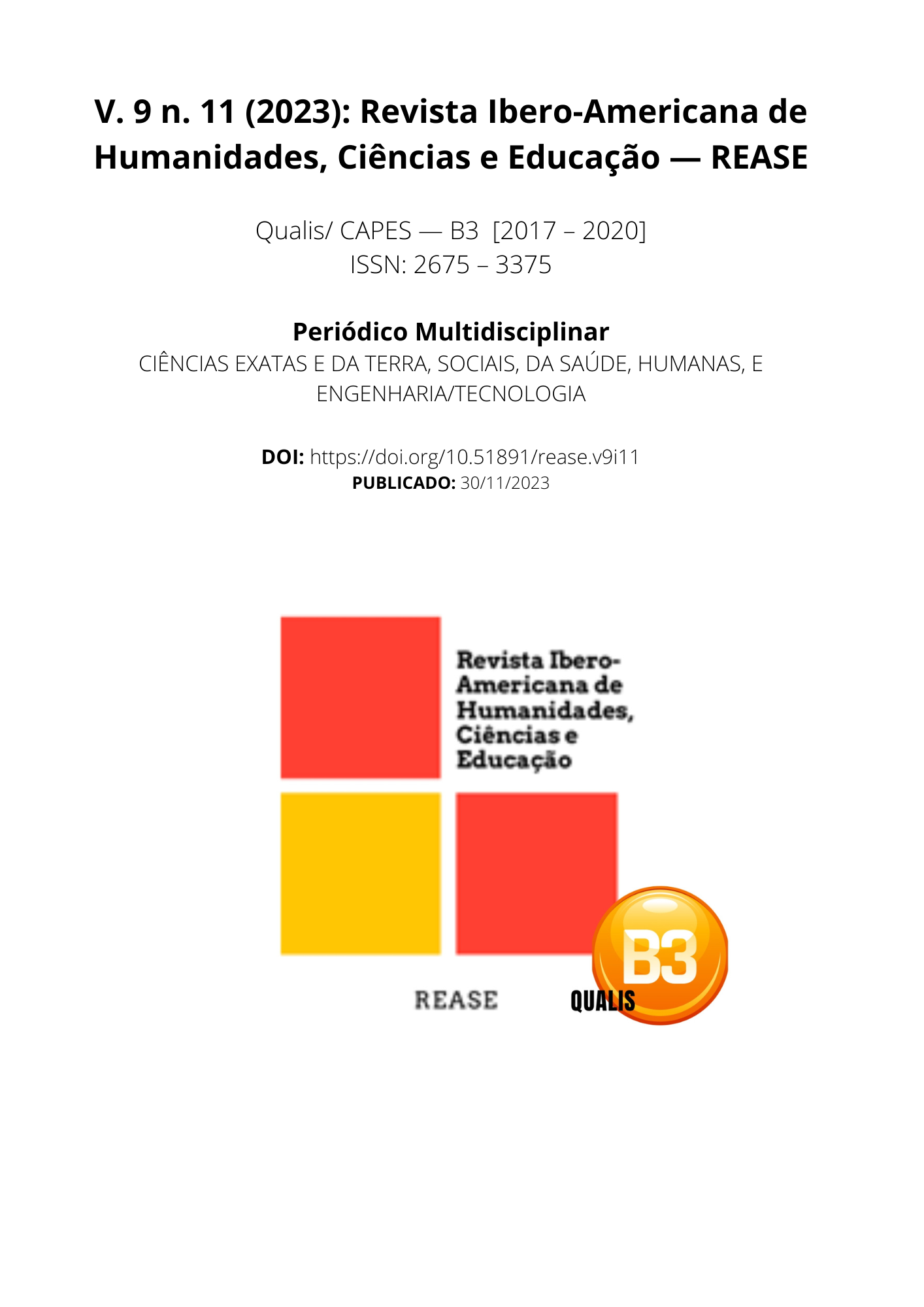TOXICITY TEST WITH SALINE ARTEMIA EXPOSED TO GLYPHOSATE, MANCOZEB, FIPRONIL AND THEIR MIXTURES
DOI:
https://doi.org/10.51891/rease.v9i11.12497Keywords:
Pesticides. Pesticides. Nauplii.Abstract
The present study had as its main objective to evaluate the mortality of Artemia salina nauplii treated with the pesticides Fipronil, Glyphosate, and Mancozeb, at doses established by the Acceptable Daily Intake (ADI/ANVISA) and twice the dose (ADI/ANVISA), as well as their mixtures. The nauplii were obtained from A. salina cysts and were exposed to the pesticides individually and in mixtures following bioassay protocols. The results indicated that exposure to pesticides increased mortality, with a more pronounced effect in prolonged exposures of 48 hours. Evaluation of the mixtures revealed distinct patterns of toxicity, with the combination of Glyphosate and Mancozeb being the most toxic. Surprisingly, doubling the dose of Mancozeb resulted in a reduction in microcrustacean mortality. The pH resistance test of the solutions showed that the nauplii exhibited high resistance within a pH range of 5.5 to 9.8. These findings underscore the complexity of interactions between pesticides and emphasize the importance of assessing not only their individual effects but also their combinations to comprehensively understand the environmental risks associated with these substances.
Downloads
Downloads
Published
How to Cite
Issue
Section
Categories
License
Atribuição CC BY

